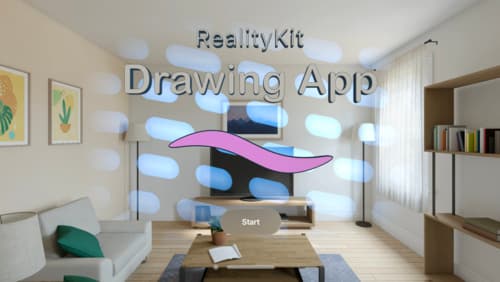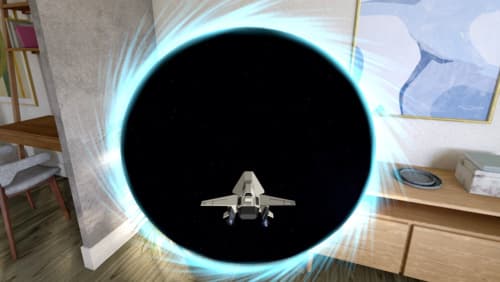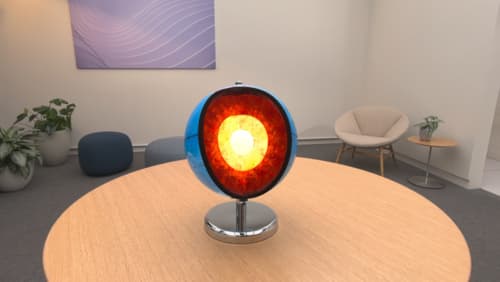How to use RealityKit in 2D
Asked on 2024-07-31
1 search
To use RealityKit in 2D, you can leverage the new APIs introduced at WWDC 2024. Specifically, the session "Build a spatial drawing app with RealityKit" provides a comprehensive guide on how to integrate RealityKit's capabilities with SwiftUI and ARKit to create a spatial drawing app. Here are some key points from the session:
-
Set up Spatial Tracking: This allows the app to understand hand and environment data, which is crucial for spatial interactions.
-
Build a Spatial User Interface: Use SwiftUI to create an interactive UI for customizing brushes and styles.
-
Generate Brush Geometry: Create customized meshes, textures, and shaders to achieve a polished visual design.
-
Import 2D Vector Graphics: Use new APIs to import 2D vector graphics and make them spatial.
For more detailed information, you can refer to the session "Discover RealityKit APIs for iOS, macOS and visionOS," which covers various new features and enhancements in RealityKit, including how to enhance your spatial computing app.
Relevant Sessions
These sessions will provide you with a solid foundation to start using RealityKit for 2D applications.

Build a spatial drawing app with RealityKit
Harness the power of RealityKit through the process of building a spatial drawing app. As you create an eye-catching spatial experience that integrates RealityKit with ARKit and SwiftUI, you’ll explore how resources work in RealityKit and how to use features like low-level mesh and texture APIs to achieve fast updates of the users’ brush strokes.

Discover RealityKit APIs for iOS, macOS and visionOS
Learn how new cross-platform APIs in RealityKit can help you build immersive apps for iOS, macOS, and visionOS. Check out the new hover effects, lights and shadows, and portal crossing features, and view them in action through real examples.

Explore object tracking for visionOS
Find out how you can use object tracking to turn real-world objects into virtual anchors in your visionOS app. Learn how you can build spatial experiences with object tracking from start to finish. Find out how to create a reference object using machine learning in Create ML and attach content relative to your target object in Reality Composer Pro, RealityKit or ARKit APIs.
